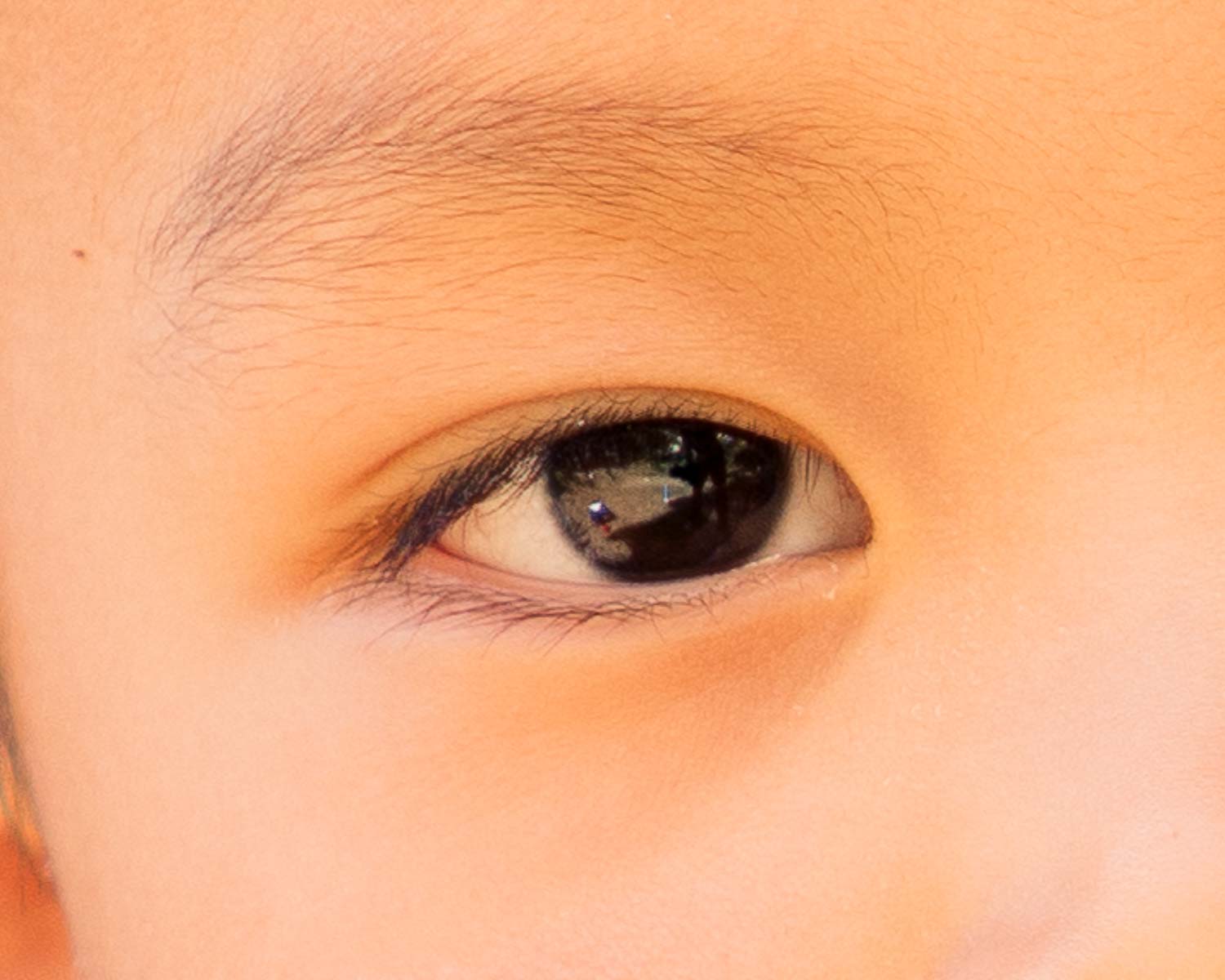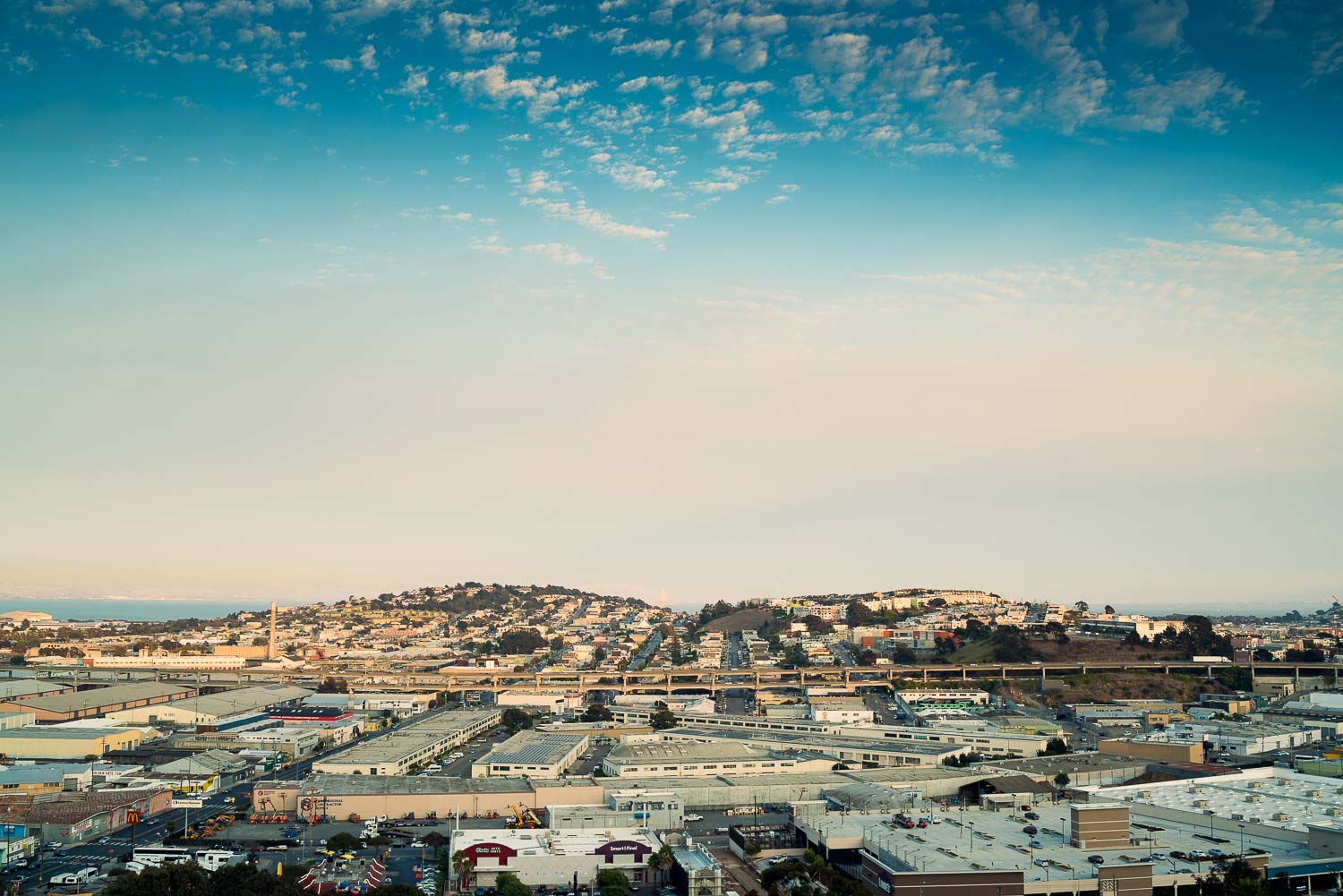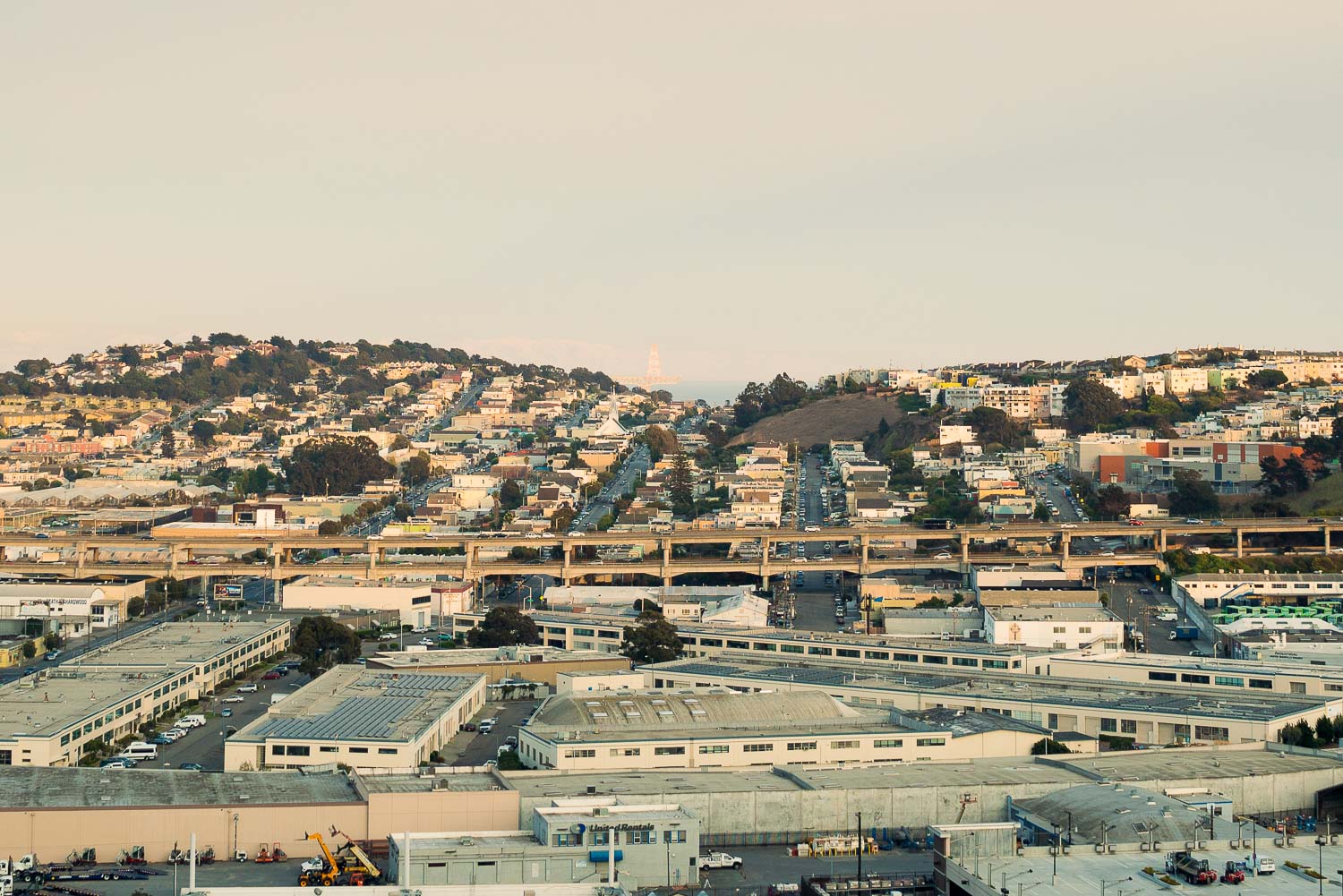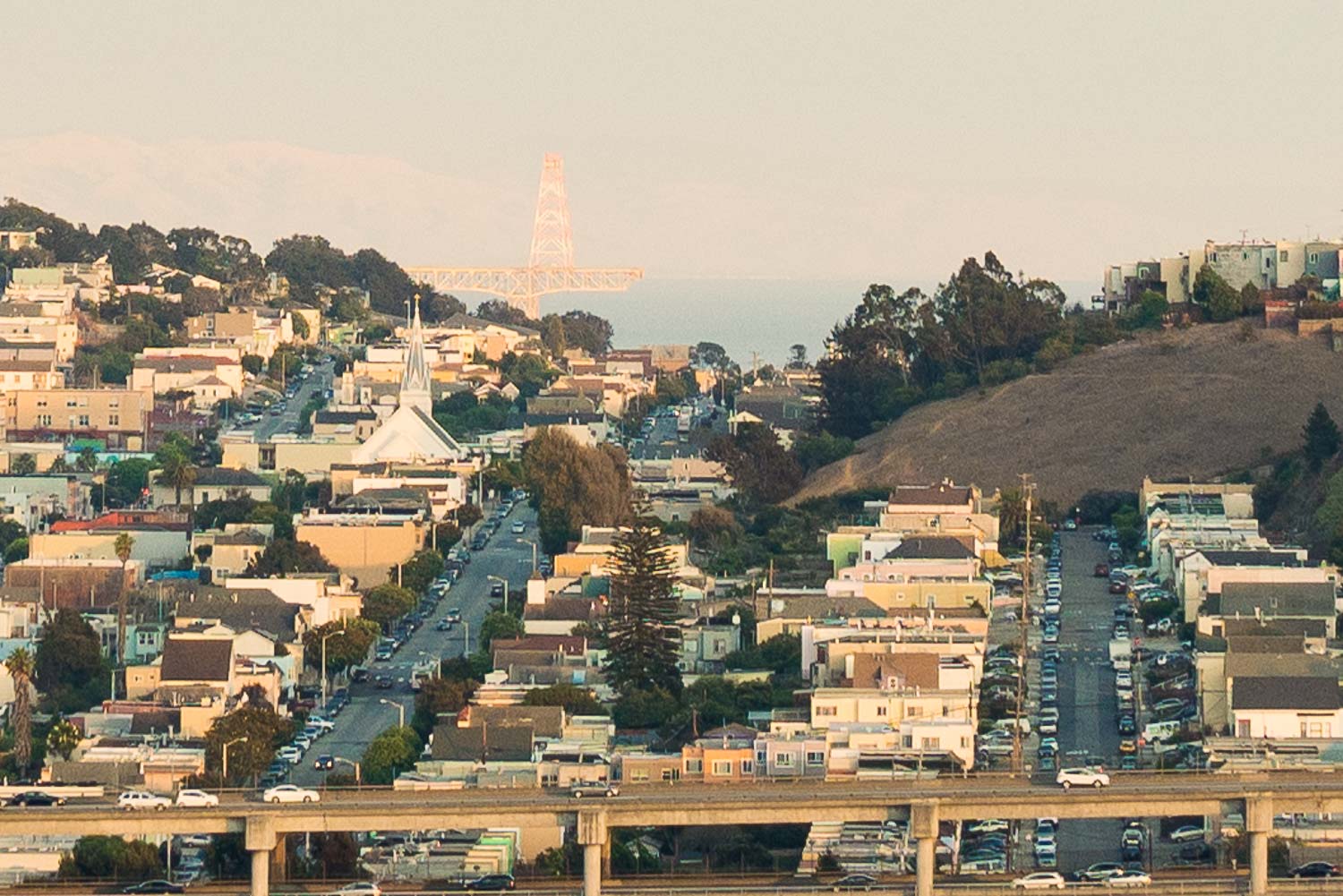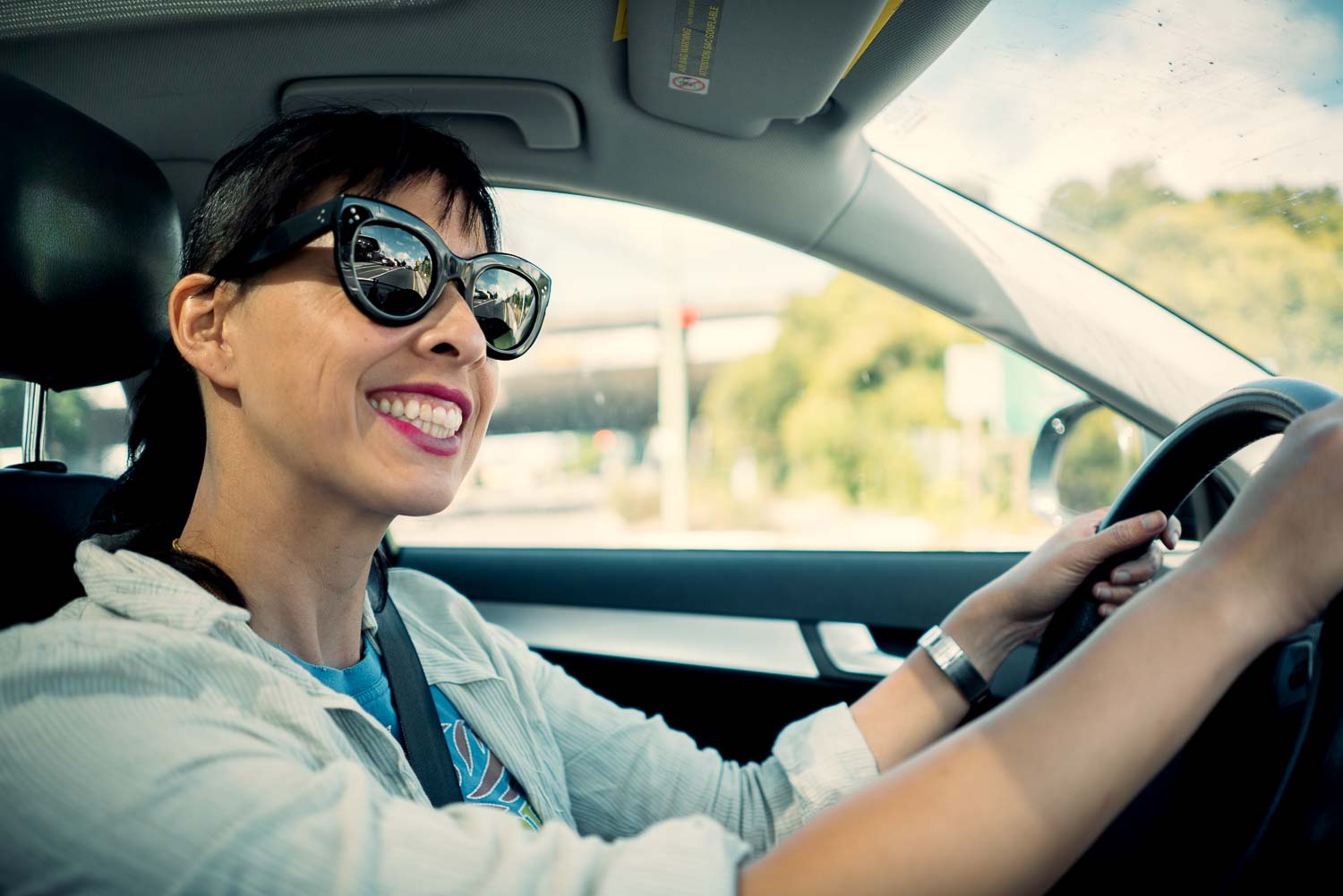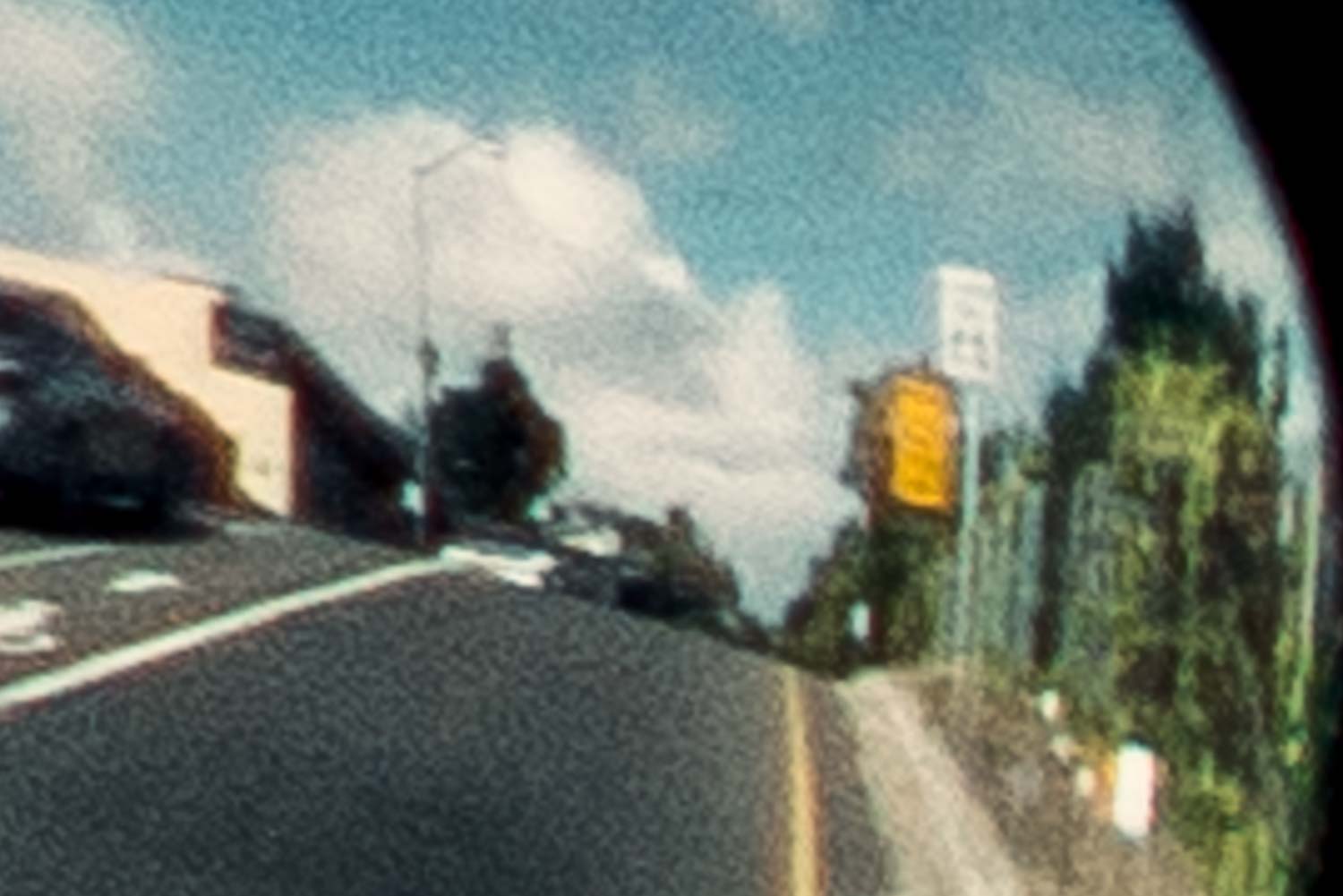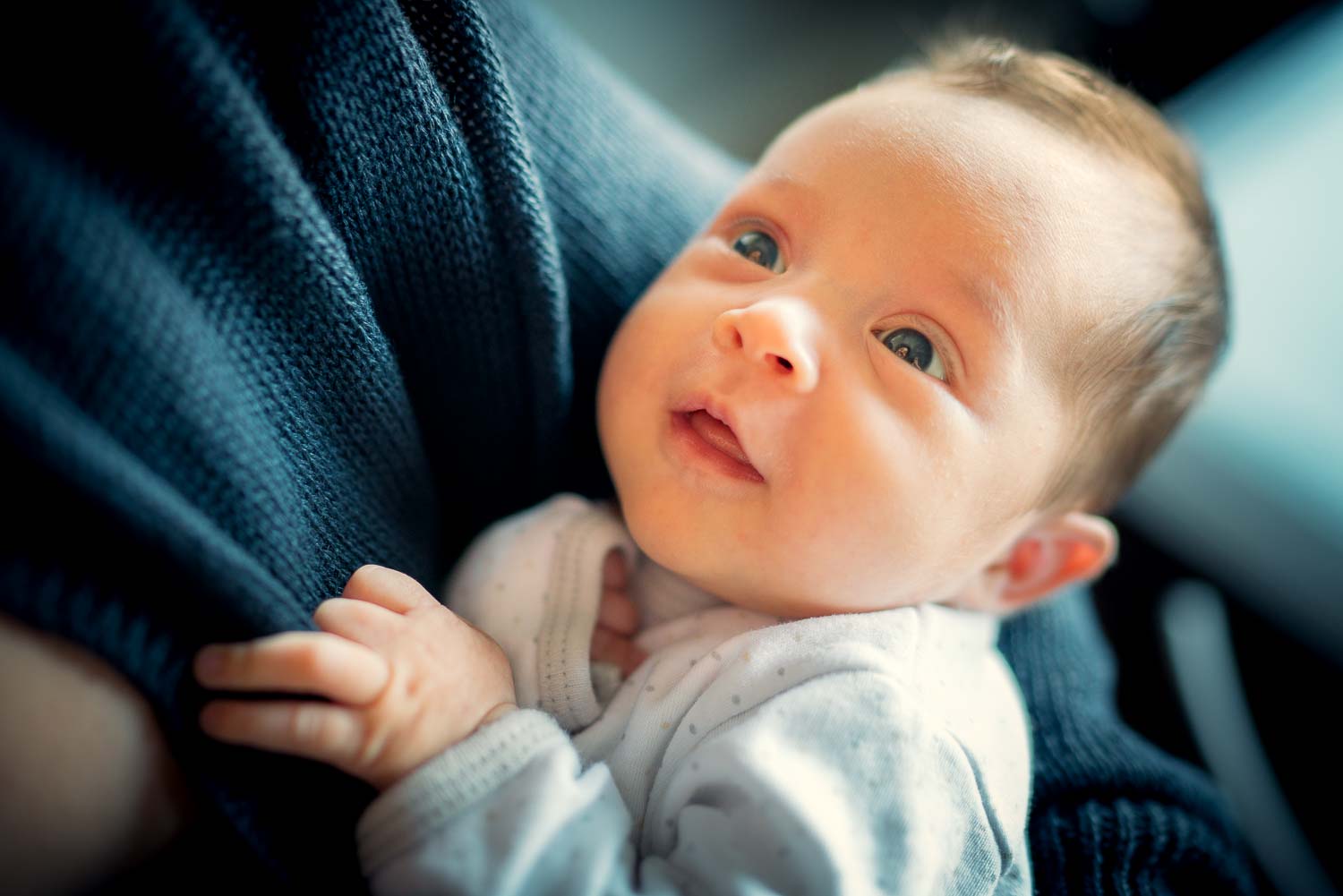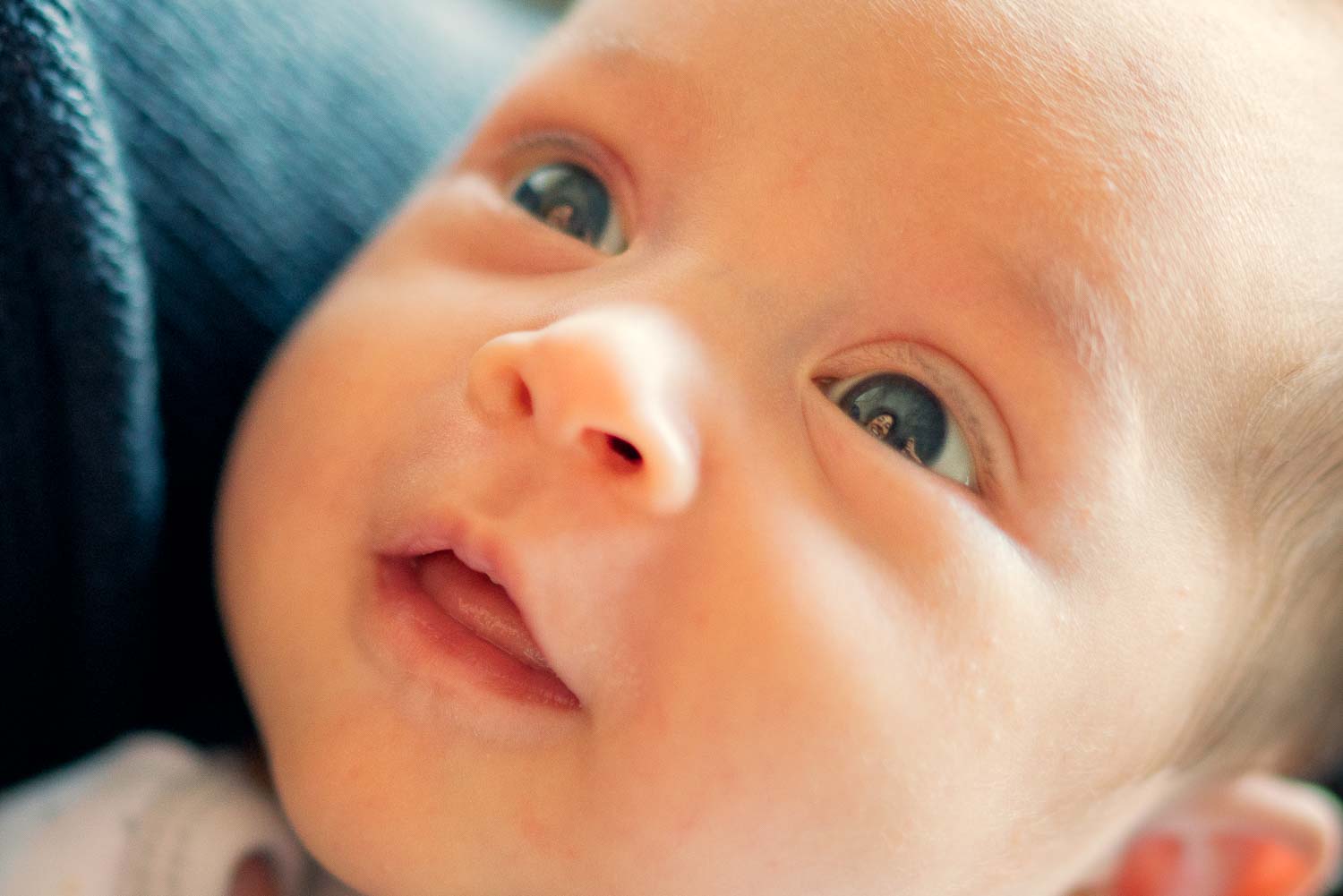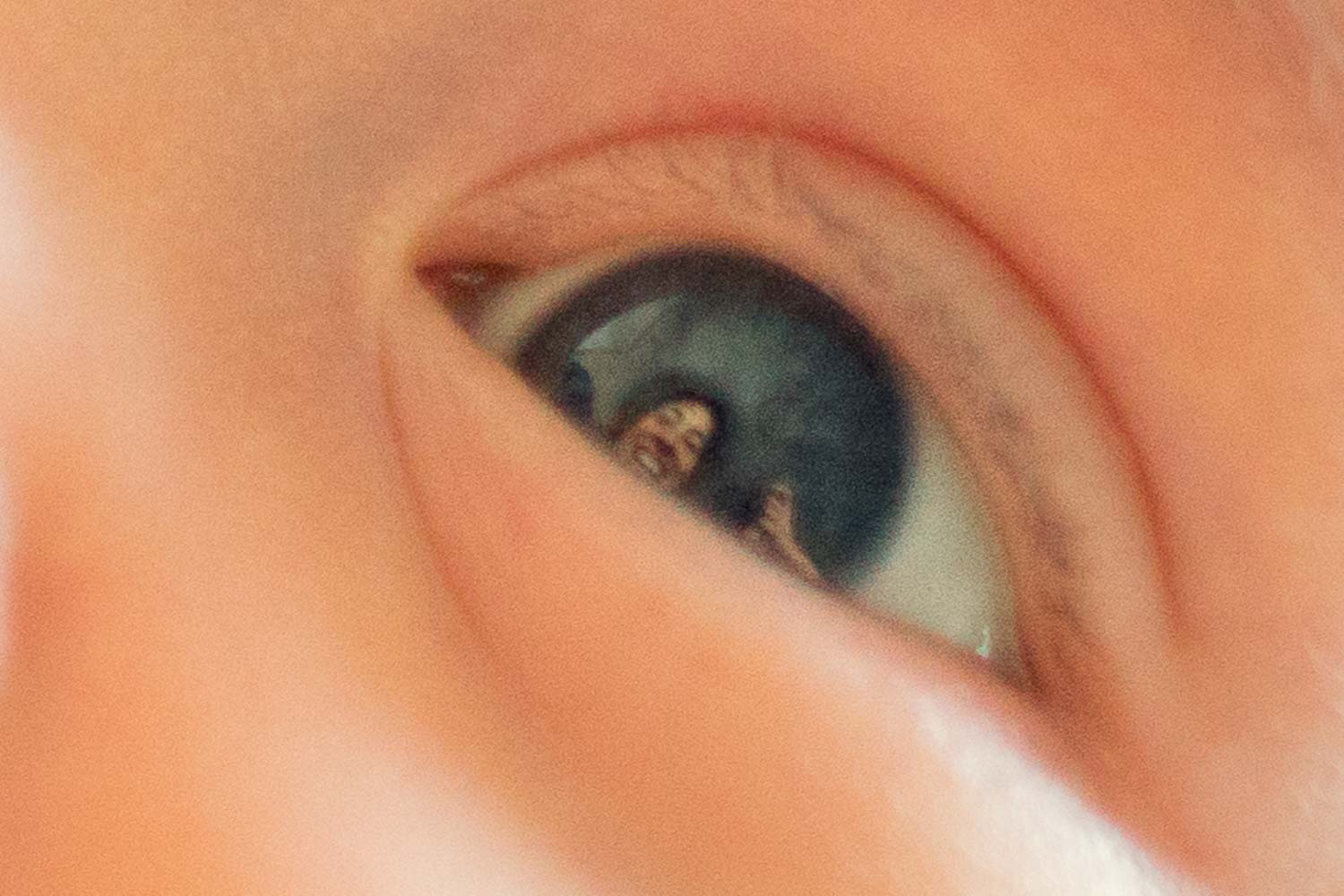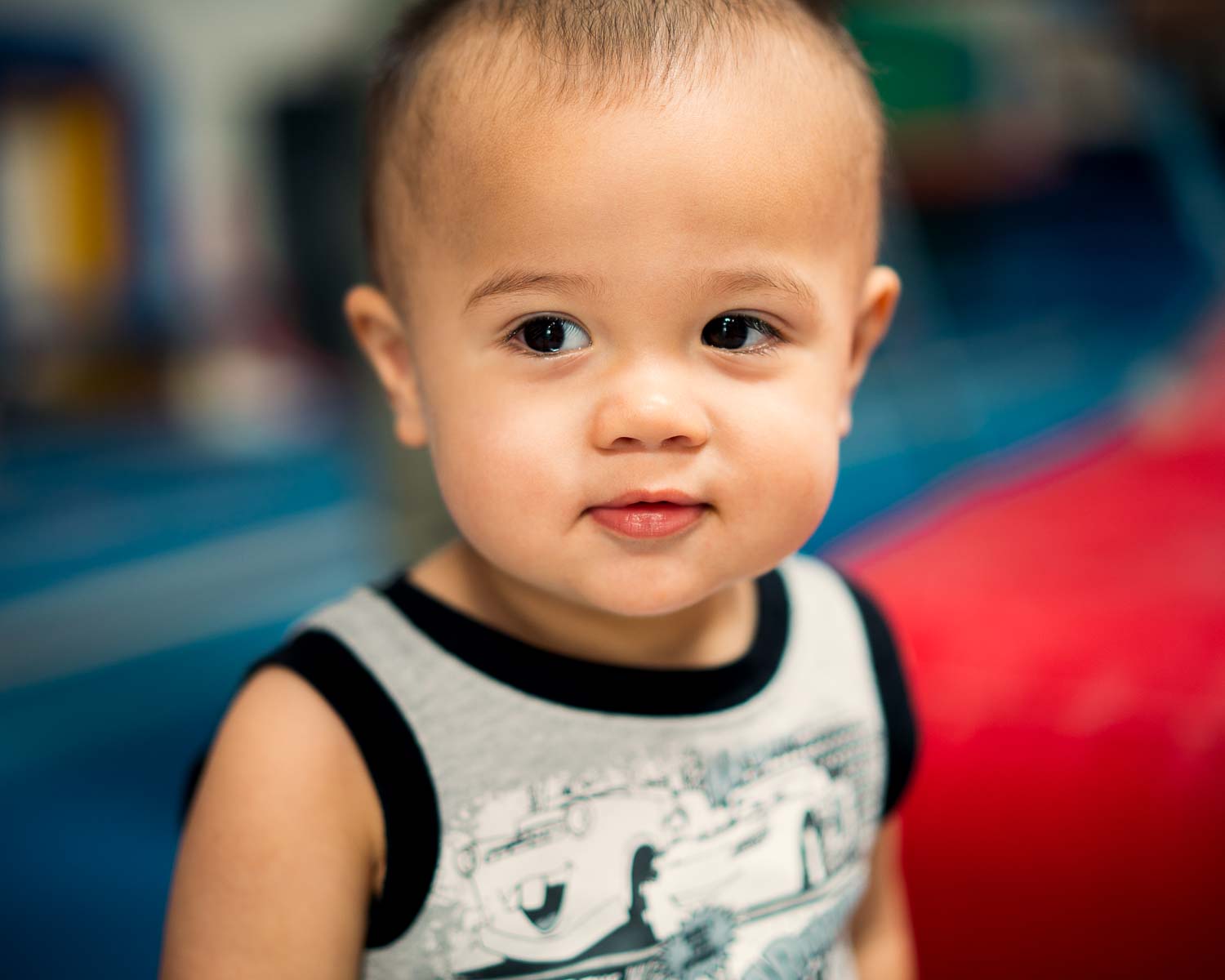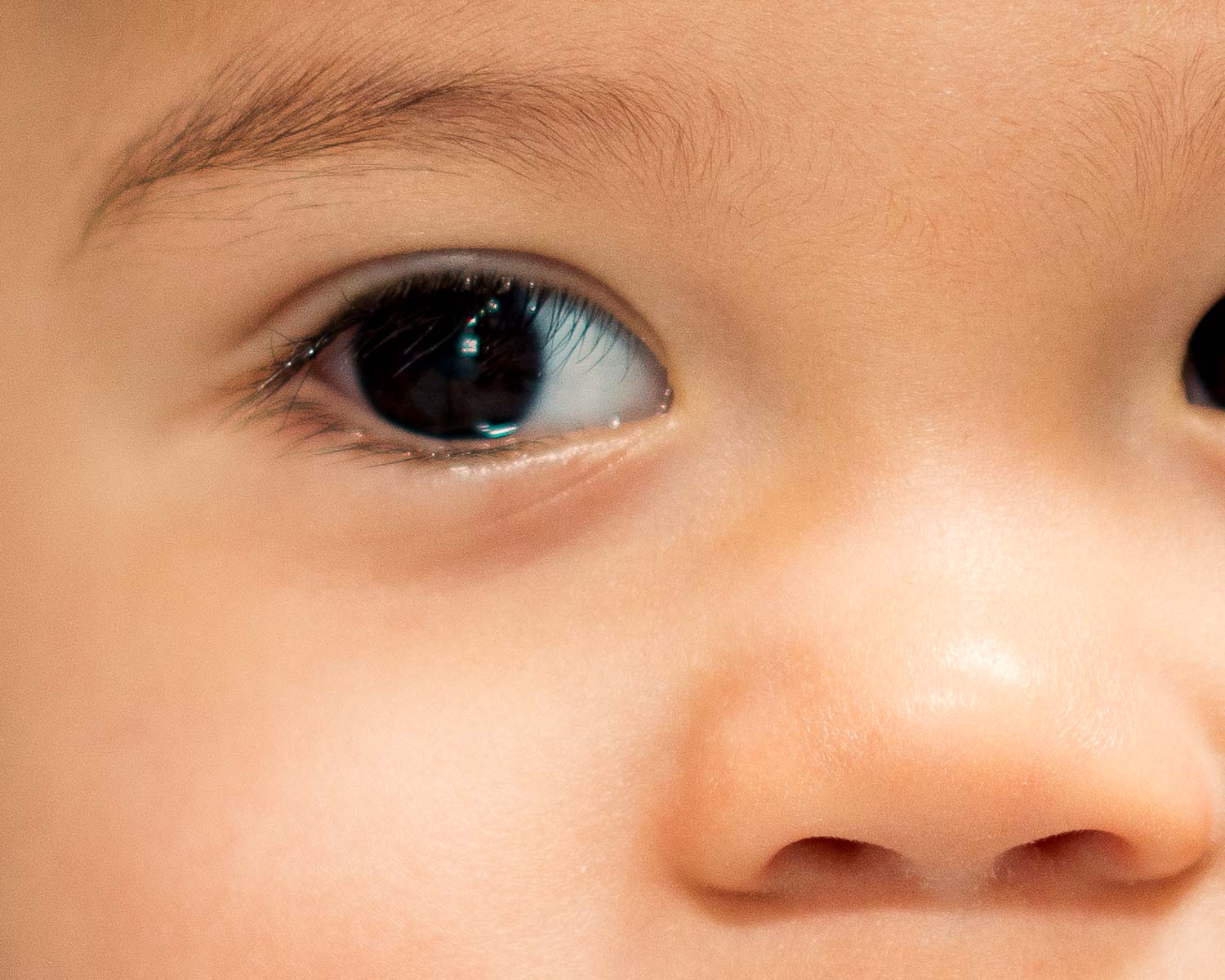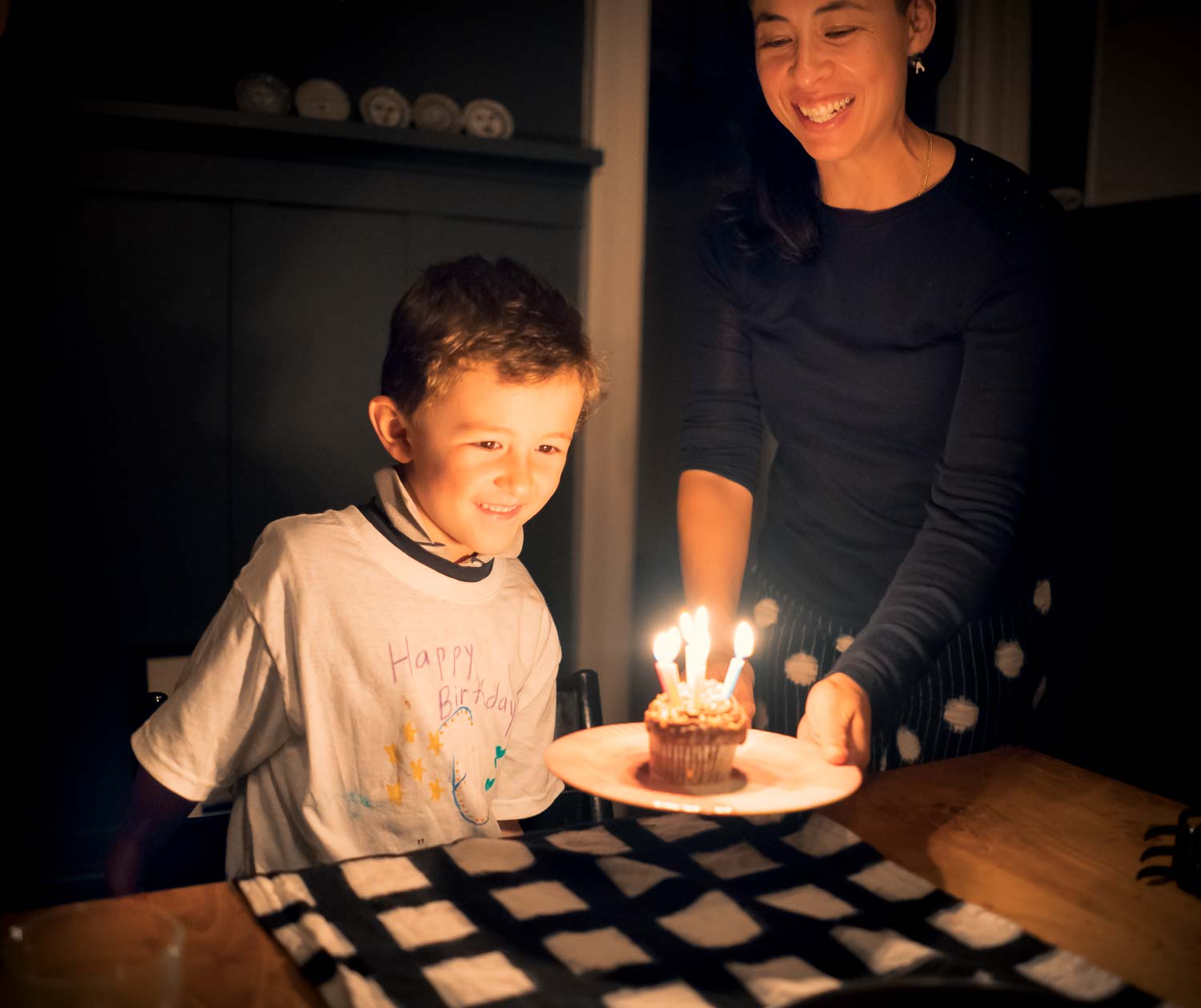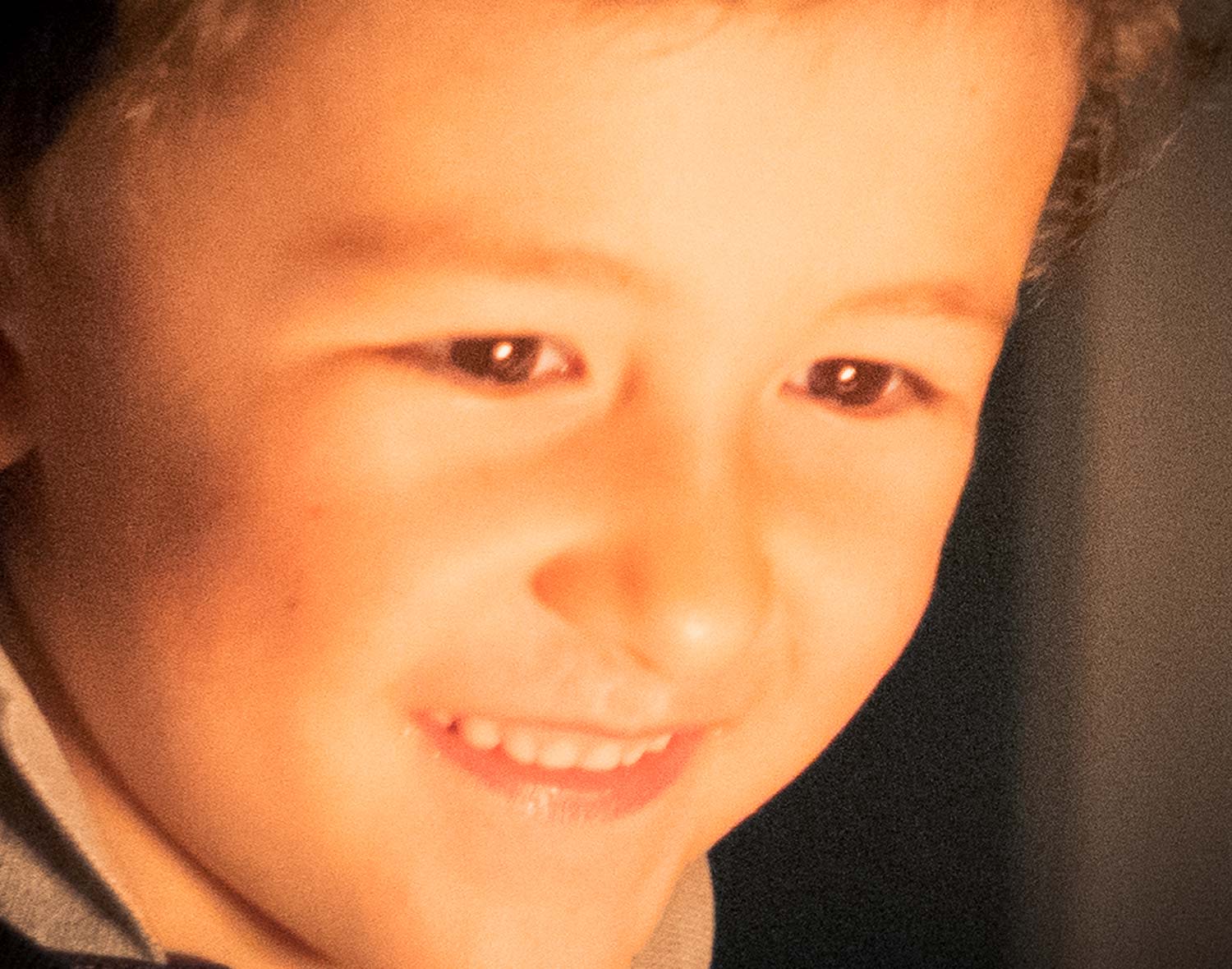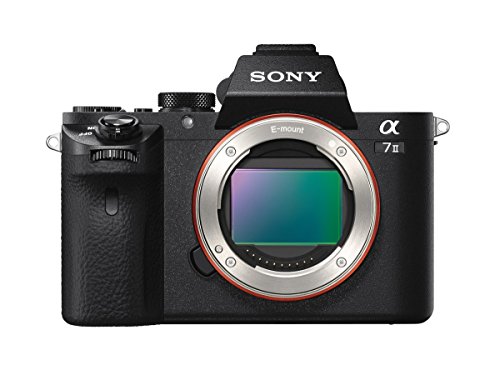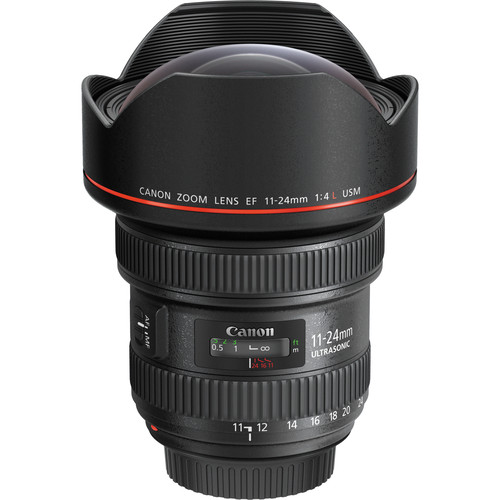Sony loaned me an a7R II to try out. It’s an awesome camera, but not the one for me. However, Sony has nearly won me over with their mirrorless full-frame line.
Sony is On Fire
I heard a story somewhere that, several years ago, Sony realized they were no longer a major player in the high-end photography market, and they decided to change that — even if it meant doing some crazy things, like putting unprecedented resources into the division, undercutting some of their own gear, and challenging their own assumptions about cameras. Whether or not this story is true, whatever Sony’s been up to in the past few years has worked. Among every photographer I know, Sony is the manufacturer that has them excited. Switching camera platforms is a complicated, expensive ordeal, and I see many of my friends doing it.
The a7R II is the sequel to the a7R of course. I don’t completely understand Sony’s naming convention, but the “a7” line (or ɑ7, depending on how typographical you’re feeling) are full-frame mirrorless, and the “R” stands for Resolution. In other words:
This is Sony's new specialty camera for people who prioritize megapixels.
For context: I’m not one of those people. I don’t pixel peep, or print prodigiously. When it comes to photosites, I choose quality over quantity. As I recently wrote, the 12-megapixel a7S that I ostensibly bought for video has captured my enthusiasm for stills, often traveling with me instead of my Canon 5D Mark III.
Personal preference aside, the perennial question about a high pixel count is whether or not it increases or decreases image quality. There are so many factors at play here that it’s impossible to rely on rules of thumb, but in general, because smaller pixels get fewer photons when all else is equal, you can expect more noise. And because the noise is smaller, you can expect to see it less.
If it sounds like you could find yourself in a break-even position here, you're right. In general, and within reason, pixel count is not a strong determiner of perceived image quality. And yet here we are discussing a camera with resolution as its claim to fame.
The Deets
Here are the details about the a7R II that I think matter:
- 42.4 megapixel sensor. That makes for a pixel resolution of 7,952 x 5,304, and lossy-compressed raw files that are about 41 megabytes in size.
- 4K sLog 2 video recording in-camera, full-frame or 1:1 crop.
- On-sensor phase-detection autofocus
- 5-axis sensor-shift image stabilization
- Everything that was already great about the a7 line, refined — including:
- The magnesium body (slightly larger than the a7S’s) looks and feels great
- The perfect articulated rear 3“ LCD screen
- Razor-sharp OLED viewfinder
- It comes with a battery charger and an extra battery! Yay! And boy, will you need them. Boo.
With that covered, let’s get something out of the way right away:
For Stills, Mirrorless is Totally Here
I don’t know exactly when it happened. Maybe it was way back in 2013 when Trey Ratcliff switched, or maybe it was later, when Sony threw enough processing horsepower at the full-frame line that autofocus started to work as well as we’d come to expect from DSLRs — but mirrorless has totally, resoundingly arrived.
...except for auto review.
There are still some adjustments if you’re coming from the DSLR world. A big one is image review — that thing where the camera shows you the photo you just took. It’s on by default, but you’ll quickly spelunk deep into the byzantine menus to turn it off, because it keeps you from seeing through the viewfinder.
Pause to absorb how stupid this is.
On a DSLR, when you snap a photo, the LCD is free to show it to you. It’s up to you to chimp it or not, but if you keep your eye to the viewfinder, you get an uninterrupted view of your subject, and your brain stays in shooting mode where it belongs.
Reviewing shots in the EVF is not just disconcerting, it will actually cause you to miss great shots. It’s a terrible idea.
However, it’s also not so great to run in full-macho mode with no review at all. There are so many settings available on these cameras that it’s easy to get some wrong, and I’ve blown many shots by blasting away without the rear LCD alerting me to my mistake.
The obvious solution would be to enable review on the rear LCD, and not in the viewfinder. But this option is not available on any of Sony’s Alpha cameras. Until it is, you have to choose between the review blocking your subject, or sacrificing any kind of auto-review at all.
...and battery life.
DSLR shooters generally don’t turn their cameras off, because there’s no reason to. Unless you’re using an unusual continuous autofocus mode, a DSLR left on is using almost no power. We think about how many days we can go without charging, not how many shots.
Not so with mirrorless. These cameras chew through power. The a7S came with an external charger and an extra battery, ostensibly because of its video emphasis. The a7II (the Alpha that nether specializes in Resolution nor Sensitivity, and that I got to play with in San Diego thanks to Sony) ships with only one battery and no external charger, which is crazy. Sony is wise to include both with the a7R II.
...and cost.
Recently, folks finding my How to Take Good Photos for Under $1,000 article have asked me if I still recommend a DSLR over an entry-level mirrorless for getting into serious photography. The answer is yes, largely because of price.
This isn’t a tremendously germane point to a discussion of the a7R II, a full-frame flagship camera body — but it is worth mentioning in the context of mirrorless adoption in general.
Sony a7R II with Sony FE 35mm F1.4. 1/250 ƒ/1.6 ISO 800.
On Compressed Raw
Sony compresses their raw files using a clever locally-adaptive bit-depth reduction system that you will never notice unless you try very hard. And lots of very vocal people have done exactly that — if you’re a paranoid pixel-peeper, the internet will happily indulge your efforts to manufacture dissatisfaction with the photos this camera makes.
You might even find some examples where the artifacts seem genuinely troubling. But if your reaction to this camera is that you wish the 41-megabyte raw files were twice as large, you and I disagree profoundly.
However, I can easily imagine how a person to whom the insane resolving power of the a7R II matters greatly (i. e. not me) could also be the person to whom any lossy compression in the raw file is anathema. Luckily for you, Sony has announced a firmware update that will enable losslessly-compressed 14-bit raw on the a7R II. Enjoy your 80-megabyte files.
Sony a7R II with Sony FE 28mm F2.0. 1/3200 ƒ/2.0 ISO 100.
This is not a review.
These are my impressions of using the camera in real-world situations. I brought it to two birthday parties and a birth (well, the day after a birth). In fact, I met two brand-new babies with this camera in hand. I brought it my son’s first day at a new school. But I intentionally left it home for a wedding. I shot about 2,100 stills and a handful of video clips. I almost exclusively used the three loaner lenses from Sony.
Here are some review-ish observations:
- I love that you can set a minimum (i.e. go-no-slower-than-this) shutter speed in aperture-priority mode. I wish my a7S had that.
- So many menus. You will get lost. It’s worth setting up the programable buttons to access common adjustments.
- The autofocus is amazing, but there are so many options for it, tucked in so many places, that you will always be certain you’re using the wrong ones.
- This camera is the perfect size.
- Sony’s focus peaking for video is the ideal focus assist for stills. You’ll take the best manual-focus shots of your life with these recent Alphas.
- Big files are slow. Everywhere. Shooting, ingesting, processing, sharing.
You Say You Wanted Resolution
Big files are also big. Here are some examples of the a7R II doing what it does best — impressing you most when you don’t look at the entire photo (click/tap to embiggen):
This kind of showing off is fun, but if you think the extra resolution of the a7R II is going to imbue your shots with an intangible je ne sais quoi when you’re viewing them edge-to-edge like a sane person — well, you’d better free your mind instead.
This is a stunt camera, and as with any stunt, the correct conditions are necessary for success.
I tend to shoot pictures of moving objects, specifically people. I tend to shoot wide-open, with fast glass. My photos are full of artifacts and my subjects are rarely perfectly in focus. So I wasn’t expecting to capture many shots that show off the strengths of the a7R II.
Turns out I was wrong — because one of the best things about this camera is its autofocus. Quite simply, it rocks. I actually got some razor-sharp shots of unpredictably-ambulatory objects (i.e. children), wide-open, with fast glass.
That’s the a7R II with the Sony/Zeiss FE 55mm F1.8 lens. More on the lens below.
If you’ve got an eyelash thing, this may be your camera. But you won’t always get as lucky as I did in that one shot. Often, you’ll make a perfectly lovely shot like this:
By my standards, a nice shot — but in this low-light, moving-subject situation, the extra resolution is buying me nothing.
When resolution buys you nothing, it costs you a lot.
That just-slightly-shy-of-sharp photo is taking up 40 megabytes on my hard drive (compared to about 27 MB per frame from my 5D Mark III, and 13.2 MB from my a7S). Not only does this fill up your computer drives awfully fast, it can also make you miss shots.
When you blast away in multi-shot mode, even though the a7R II is speedy, you can still get stopped from shooting as the giant raw frames write to even a fast card. I got my best performance from my SDXC card, which is also necessary for high bit-rate and 4K video.
Shooting a one-day-old baby with this camera, I had a few moments where the card-writes slowed me down. I’d grabbed the wrong card, so this was my fault — but that’s a habit I learned from using my a7S, where the speed of the card doesn’t matter as much. I missed some shots, and it really bummed me out. So when I traveled to Los Angeles for a friend’s wedding, I left the a7R II at home and brought my a7S instead. It’s smaller, it’s designed for low light, and I knew it could keep up with me.
This is what it feels like to hang out with @lonelysandwich. Sony a7S with Sony FE 35mm F2.8. 1/1250 ƒ2.8 ISO 2000. A 12.9 MB raw file, instead of 40.
Glass? I give a shit about glass.
I mentioned that Sony has nearly won me over with their full-frame cameras. The nuance there is that they’ve more than won me over with their full-frame camera bodies. It’s the lenses that I haven’t fallen in love with yet.
I own one Sony E-mount lens so far: The FE 35mm F2.8. As I’ve mentioned, it’s not sexy, but it’s small, and the ƒ/2.8 aperture happens to be perfect for street photography, which I enjoyed tremendously on a recent trip to New York. I didn’t put my Metabones adapter to work, because I wanted to test the a7R II’s much-vaunted autofocus unfettered.
Sony sent along three lenses for me to try out with the a7R II — two I requested, and one pleasant surprise.
My issue with the Zeiss FE lenses for Sony E-mount is not that they aren’t perfect. They are precisely perfect — mind-numbingly so. Look at this shot, taken essentially straight into the sun with a 70–200 zoom on a Sony a7II. I can tell you who’s who on that balloon. Try that with a Canon lens.
Zeiss makes perfect lenses. This means they are actively choosing not to make imperfect lenses — which takes a lot of the fun out of things, if you’re me. Canon seems to have a much more liberal idea of what constitutes a sellable lens. They’ll happily take your money for an F1.2 lens that you probably shouldn’t shoot with past ƒ/1.8, or a 16–35mm zoom that you probably shouldn’t push past 24mm. I have both those lenses, and they rock. But they’re a bit like a house cat — when they’re done cuddling with you, they’ll claw you to shreds without warning.
Canon is crazy. And I kinda love it. I can just imagine the German engineers at Zeiss sneering at the famous 85mm F1.2L cannonball. There’s so much wrong with it. I still totally want one.
The Zeiss lenses I tried with the a7 II in San Diego all impressed me with their performance, but none of them were any fun. Except one — the FE 35mm F1.4.
Sony a7R II with Sony FE 35mm F1.4, and Sony a7S with Sony FE 35mm F2.8
This comparison never gets old to me, because it says so much about what it takes to gather light — two different 35mm lenses, one F2.8, other other F1.4. I mentioned that my little 35mm lens is not sexy? This big one is sexy. Such an awesome lens. A huge, physical, clickless aperture ring. Tack-sharp wide open, but with buttery soft boke. I took this shot with it, and it breaks my heart:
Sony a7R II with Sony FE35mm F1.4. 1/320 ƒ/1.4 ISO 100.
The 35mm angle of view with this kind of shallow depth of field is an arresting combination that perfectly captured my son’s first day of Kindergarden. Sony, please make more lenses like this.
I also wanted to try the Sony 55mm F1.8. At about a thousand dollars, it’s the closest thing in the Sony lineup to a “nifty fifty,” although at ƒ/1.8 it could be niftier (or, at $250, Sony's 50mm F1.8 offering could be thriftier). My main concern was that, at 55mm rather than 50, this lens is veering toward portraiture rather than the wider street (or birthday party) focal lengths I’ve been preferring lately. Still, it can make the pretty if you learn the ways of its half-a-notch-tighter-than-normal AOV.
A shot that would be utterly boring without the shallow focus directing your emotional empathy. Ah to be young and pummeled with cubes by girls. Sony a7R II with Sony FE 55mm F1.8. 1/250 ƒ/1.8 ISO 640.
The surprise lens was the FE 28mm F2.0. A little wider than my 35mm F2.8, and a little faster — but not a ton larger. I rapidly grew to love this weird little lens. It’s a great pairing with the a7R II, because you probably will crop many of the shots you make with it. I found it an intoxicating mix of size, speed, and breadth of stage. It kicked ass at my kid’s 6th birthday party, and then, when that was over, and the birthday boy was all hopped up on cake and LEGO, running around the backyard like a lunatic, I snapped this — almost daring the a7R II’s autofocus to step up:
Sony a7R II with Sony FE 28mm F2.0. Sony a7R II with Sony FE 28mm F2.0. 1/250 ƒ/2.0 ISO 250.
You have to believe me that this kid is a projectile in this photo. Like, I feared for my life. In a million years I never would have tried this shot with my Canon. But the a7R II — in essentially braindead let-the-camera-do-all-the-work focus mode — found his face, tracked it, and made a rapid burst of three usable shots in a row.
Who’s it for?
Eric says the a7R II's front curtain shutter helps make his photos noticeably sharper, and the silent shutter option is great for shooting in public spaces. Combining the silent shutter with the highly-configurable continuous bracketing option (up to nine exposures!) is his favorite way to capture HDR — the lower bit depth that continuous bracketing forces is overcome by the exposure-averaged shadow detail that HDR processing introduces.
My buddy Eric Staudenmaier is a professional photographer specializing in architecture. He’s crazy talented, and puts a lot of work into prepping his shoots, testing his gear, and making sure he’s got everything perfect before pressing that shutter. His subjects don’t move around a lot, and his clients need big pictures.
In other words, he’s the anti-Stu — and the a7R II is perfect for him. Especially because his clients are starting to ask for video too.
Oh yeah, video too.
I have to be honest — I did shoot some 4K video with the a7R II, but it’s utterly unremarkable. You can see just how boring it is by looking at my right hand in this tutorial.
Maybe what’s remarkable about the 4K video on the a7R II is just how unremarkable it is. It’s there, and it’s exactly what it should be. Aliasing is minimal, rolling shutter is about what you’d expect, and now that both this DSLR-replacement and my telephone shoot 4K video, 4K is now pretty much table stakes for any semi-serious video camera — even if the reasons to use it have little to do with audience experience.
But I suppose the real reason I didn’t shoot much video with the a7R II came along on the opening night of IBC 2015.
The Elephant in the Waiting Room
The week after I received the loaner a7R II, Sony announced the a7S II. Since I suffer from Next Camera Disorder, this was kind of a strange buzzkill — like being told you’ve won the lottery in the middle of a nice massage.
The a7S II promises to bring many the “II” improvements of the a7R II — image stabilization, OLED viewfinder, form factor, and internal 4K video (but not the on-sensor phase detect autofocus) — and pair them with the crazy low-light S-is-for-sensitivity of the a7S. Its 4K video is made with a full readout of the pixels from its bravely minimal 12 megapixel sensor, and it will shoot sLog 3 video with — and this I dreamed of but dared not ask for — a Rec709 preview LUT.
Do I want the a7S II more than the a7R II for these real reasons, or because it doesn’t yet have the burden of being a (blech) currently-available camera?
Yes. More on that later. In the meantime, anyone want to buy a lightly-used a7S?
Recommendations
The Sony a7R II may not be a camera that you want, but I think it's an important camera for this reason: From this day forward — if you're anything like me — there will always be a Sony full-frame camera that you do want.
If you’re Eric, get the a7R II. It’s awesome. If you’re me, pre-order the a7S II. If you’re a normal person looking for a great Sony full-frame mirrorless camera, consider the now-quite-affordable a7II.
If you’re Canon: Pay attention.
(That's the a7S II, not sure why Amazon's name doesn't include that.)



